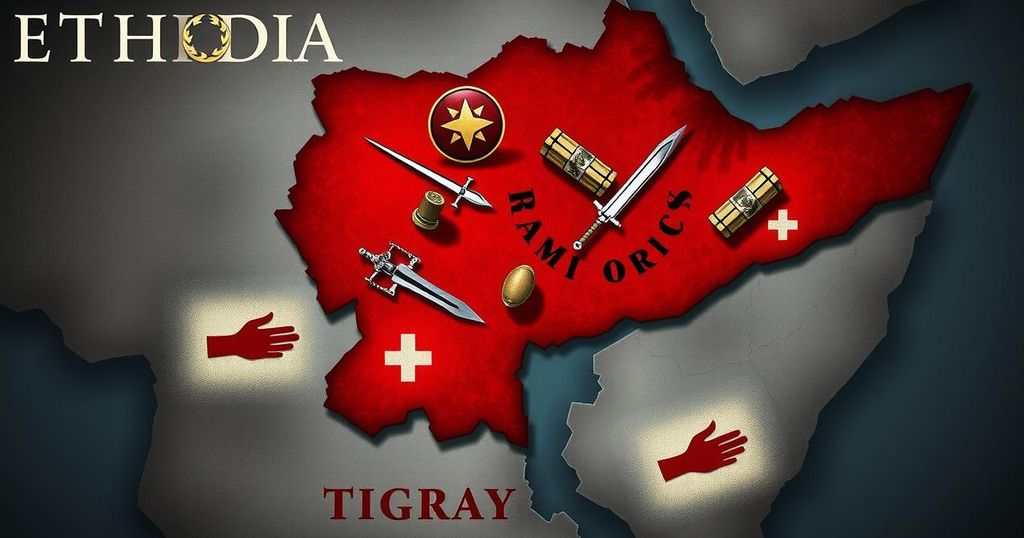Ethiopia’s Tigray Faces HIV Surge Amid Post-War Crisis and Aid Cuts

After the war in Ethiopia’s Tigray region, the HIV prevalence has surged to 3%, more than double the pre-war rate. The conflict led to widespread sexual violence, a devastated healthcare system, and significant funding cuts that have worsened the crisis. Health officials are urging for renewed efforts to address the public health emergencies that have arisen in the aftermath of conflict.
In Ethiopia’s Tigray region, a marked increase in HIV prevalence has emerged following the devastating civil war that erupted in 2020. Originally heralded as a model in combatting HIV with a prevalence rate of 1.4%, the region now faces a rate of 3%, more than double the pre-war statistics, severely affecting the population’s health system and welfare.
The war, marked by extensive sexual violence, has compounded the crisis. Reports indicate that as many as 10% of women and girls aged 15 to 49 experienced sexual abuse during the two-year conflict. Moreover, the systematic destruction of health facilities has rendered only 17% operational, leaving survivors of sexual violence without critical medical support.
A key narrative highlights the plight of a rape survivor who was infected with HIV and struggled to access medication for months. This exemplifies the challenges faced by many in Tigray, where the health system’s complete breakdown has hindered existing HIV patients from receiving necessary antiretrovirals. Conditions have further deteriorated with limited access to condoms and a rise in sex work among the displaced population.
In addition to these dire health outcomes, funding cuts from the Trump administration, which led to significant reductions in U.S. health programs, have exacerbated the situation. Subsequent layoffs of health workers and the halting of essential charity services have impeded efforts to combat the rising HIV rates and other infectious diseases in Tigray. Malaria and measles cases have surged, stressing a health system already struggling with the aftermath of war.
Furthermore, Tigray continues to face humanitarian crises, with a significant portion of its population reliant on aid and 18% of children experiencing malnutrition. This underscores the urgent need for rejuvenating public health efforts, particularly emphasized by health officials as they strive to rebuild the region’s health framework devastated by conflict. However, ongoing political instability threatens to further complicate recovery efforts, as international donors reconsider their support amidst potential instability.
The HIV situation in Tigray has drastically worsened due to the civil war, leading to increased prevalence rates and a devastated health system. Sexual violence and insufficient medical support have left many survivors vulnerable, while funding cuts hinder recovery efforts. Political instability poses further challenges to rebuilding a once-promising health safety net, emphasizing the urgency for renewed international support and advocacy.
Original Source: apnews.com






